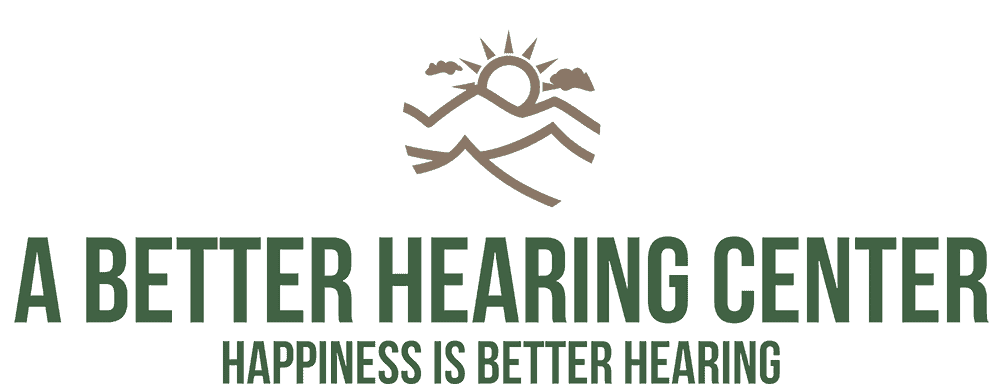When you get hearing aids for the first time, a whole new world of sounds opens up. The sounds that you may have missed for years are suddenly front and center.
But while hearing aids can help you understand better and improve your communication, understanding, and even confidence, if you don’t know what to expect, it can be frustrating to adjust in the beginning.
The truth is, to adapt to new hearing aids, everyone needs some time. After all, you have gradually lost your hearing over a long period, and you’ll need to adjust to hearing certain sounds again. It may take up to four months for some people to become entirely comfortable with their hearing aids, but in just two or three weeks, most people can adapt.
How can you make the transition as smooth as possible? Here are some tips:
Take your time to fit the device correctly
Hearing aids often need to be changed multiple times during the first few weeks of wear, so patience is necessary. If you experience sound distortion or discomfort, it is essential to return to the office for a readjustment.
If you have any doubts or complaints about the performance of your devices, your hearing professional is just a phone call away. Your hearing professional will tailor the hearing aids to suit your unique hearing condition more closely, making them function better. The goal is to keep in regular contact with them because the more they can support you in your first few weeks, the better chance you will have to achieve your hearing goals.
Learn how to operate your hearing aids
You will need time to adjust to the improvement in your hearing, but also time to get used to the tools themselves. Though the hearing aids of today are smaller and more convenient than ever before, these devices are still new and take patience to master.
Some items you’ll need to know to include:
- Inserting and removal of hearing aids from your ear
- Changing the volume
- Cleaning and maintenance
- Learning how to change the hearing aid batteries
Start small and quiet
You’ll want to start wearing your hearing aids in a quiet spot, as loud spaces can distract when you adapt to amplified sounds. Start by wearing them at first for a few hours around your home. Then, work your way up to a whole day.
Once you have some experience using them at home, venture out, and start using your hearing aids during your waking hours, except when you’re taking a shower or swimming.
People who wear hearing aids all day are more effective in retraining their brains to hear all the sounds they missed. You’ll eventually adapt to your improved hearing and most likely won’t want to go for any amount of time without your devices.
Practice talking in groups
Start talking to your close friends and relatives, because familiar voices are the easiest to recognize. Hearing also involves active listening, which means that you have to face the speaker and look at them right as they are talking. This will help the brain reconnect the associations between sounds, speech patterns, and nonverbal body language.
Make people aware of your hearing loss.
Even though you have a handy tool at your disposal, your hearing is still not ‘on-par’ with those with normal hearing. Your transition to hearing aids will go a lot more smoothly if you continue to help those around you communicate effectively with you, and that means being open with your hearing loss.
Ask your hearing aid professional about your hearing loss. Let them explain areas you still have problems hearing. Take all this information and share it with those around you. When you have people by your side who want to see you succeed, the switch to hearing aids will be more natural.
We know how difficult it is for certain people to adapt to hearing aids, and we are here to support you through the process. You won’t be alone on your quest to hear better. To set up an appointment, contact us today.

